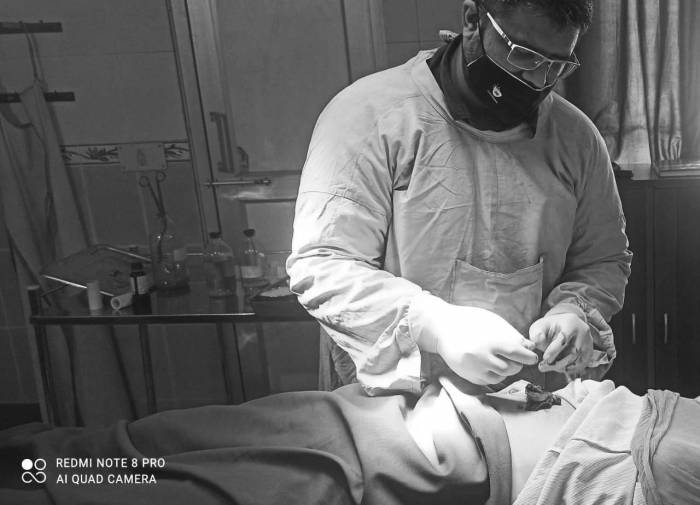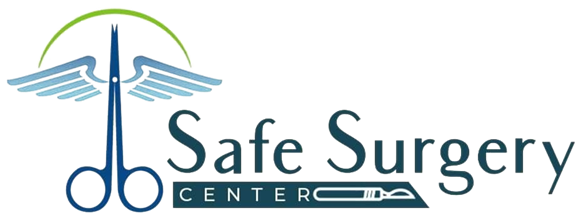
BREAST CANCER
Breast cancer diagnosis is never easy; it is especially hard when the woman is in her 30’s and has just started planning a future for herself and her family. One woman gets diagnosed with breast cancer every 4 minutes in India, and one woman dies of breast cancer every 13 minutes, making it the most prevalent cancer among Indian women. Women in India are generally diagnosed at a later, more advanced stage with poor prognosis. About 1 in 28 women are expected to develop breast cancer during their lifetime. By 2030, breast cancer will cause most deaths among women in India than any other malady.DR.KARAN R RAWAT
An increase in weight, lack of exercise, hormone replacement therapy, the combined oral contraceptive pill, stress, and probably late work shifts are some factors that increase the risk of breast cancer. Almost 50 percent of breast cancer patients first visit the doctor when they are in stage 3, and 15-20% of patients visit when they are in phase 4. In one study, scientists estimated that 10-year survival rates for women fell from 75 percent for stage 1 breast cancer patients to 5 percent for phase 4 patients. In the United States, 90 percent of women with breast cancer survive five years; in India, only 66 percent survive. DR.KARAN R RAWAT
The anxiety that comes with cancer is one of the worst and COVID-19 crisis has now added yet another layer to this anxiety. A comprehensive modeling research on the impact of the COVID-19 pandemic on surgeries projected that 59·7% of cancer surgeries were deferred in India during the peak 12 weeks of disruption, translating to 51, 100 postponed cancer surgeries Almost 50% of all cases are in the age group of 25-50. The unusual rate of breast cancer in younger age groups is extremely troubling. The rate of breast cancer cases for women in their thirties and forties is on the rise. Additionally, India has the highest rate of the most aggressive breast cancer in the world, triple-negative breast cancer. Logistical challenges, such as expensive healthcare, and a short supply of radiologists–India has approximately one radiologist per 100,000 people, make matters worse.
The survival rate of breast cancer is low because the detection takes place late. The only way to change these numbers is by increasing awareness. Breast cancer is a treatable illness, and chances of survival are greater if it’s identified in time. The only way to do so is by being informed of how it can be identified, and a timely diagnosis can be made. According to the World Cancer Report 2020, the most efficient intervention for breast cancer control is early detection and rapid treatment. The simplest reason why women do not seek care early is because they do not feel any pain in the breast lump. Clinical breast exam (CBE) Examination by a doctor should be done about every three years for women in their 20s and 30s and every year for women 40 and over. After that, an ultrasound scan should be made a part of an annual health check-up. Those women who have a family history of breast cancer should have frequent mammograms. Regular self-observations are fundamental to detecting any differences in the breast’s appearance or feeling a lump.
Acknowledging that breast cancer is one of the essential health issues in India would be the first step towards making people cognizant of the disease. It is fast developing into a public health crisis , and society’s uncomfortableness to talk about women’s bodies has made the situation even worse. Women should know how their breasts normally look and feel and report any breast changes to a healthcare provider right away. Cancer is a disease that influences not solely the patient but also the entire family, both emotionally and financially. The costs of treatment can result in serious economic restraints.
Early detection can not only improve the outcome but can remarkably cut down the costs of treatment. We also have to ensure that the patient takes medication from the correct specialist qualified to tackle the disease and give the best available treatment. This is truer in rural health setups and even in some urban setups. Taking haphazard medication by doctors not sufficiently trained in managing the disease can result in increased costs due to complications and poorer overall results.
Research about breast cancer awareness has found that cultural and religious issues mean that women don’t access health services, are hesitant to consult male doctors, overlook their health due to household commitments and are over-dependent on other family members to seek medical help, all of which leads to a delay in diagnosis.
India is still a patriarchal country, and while women are now in responsible positions and earning for their families, it’s the men who are generally the head of the household. Even educated professional women do not discuss private matters about their bodies with their husbands, fathers, or brothers, so it’s essential to direct health messages towards men to increase their awareness of and willingness to discuss the problem. Their understanding is pivotal in enabling female family members to access medical help at the earliest stage.



